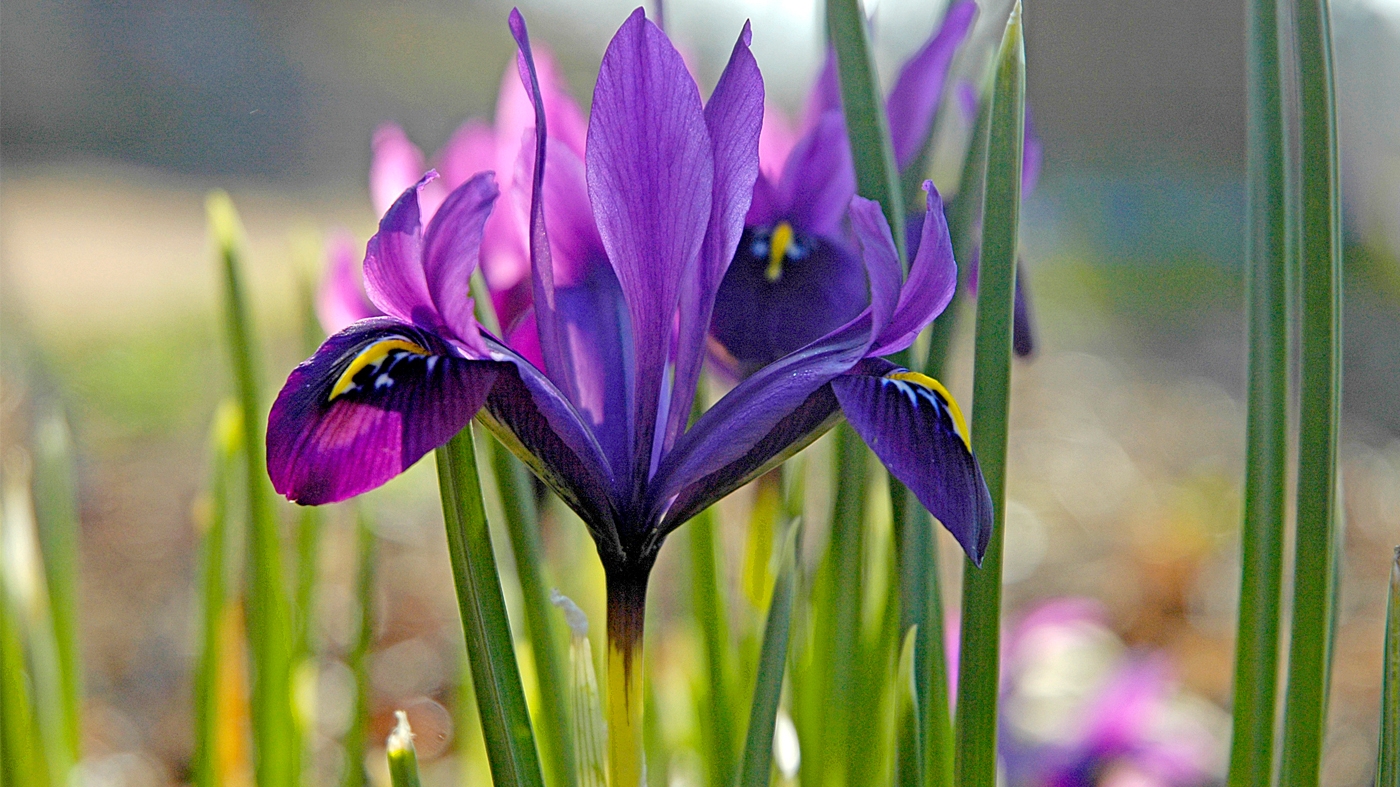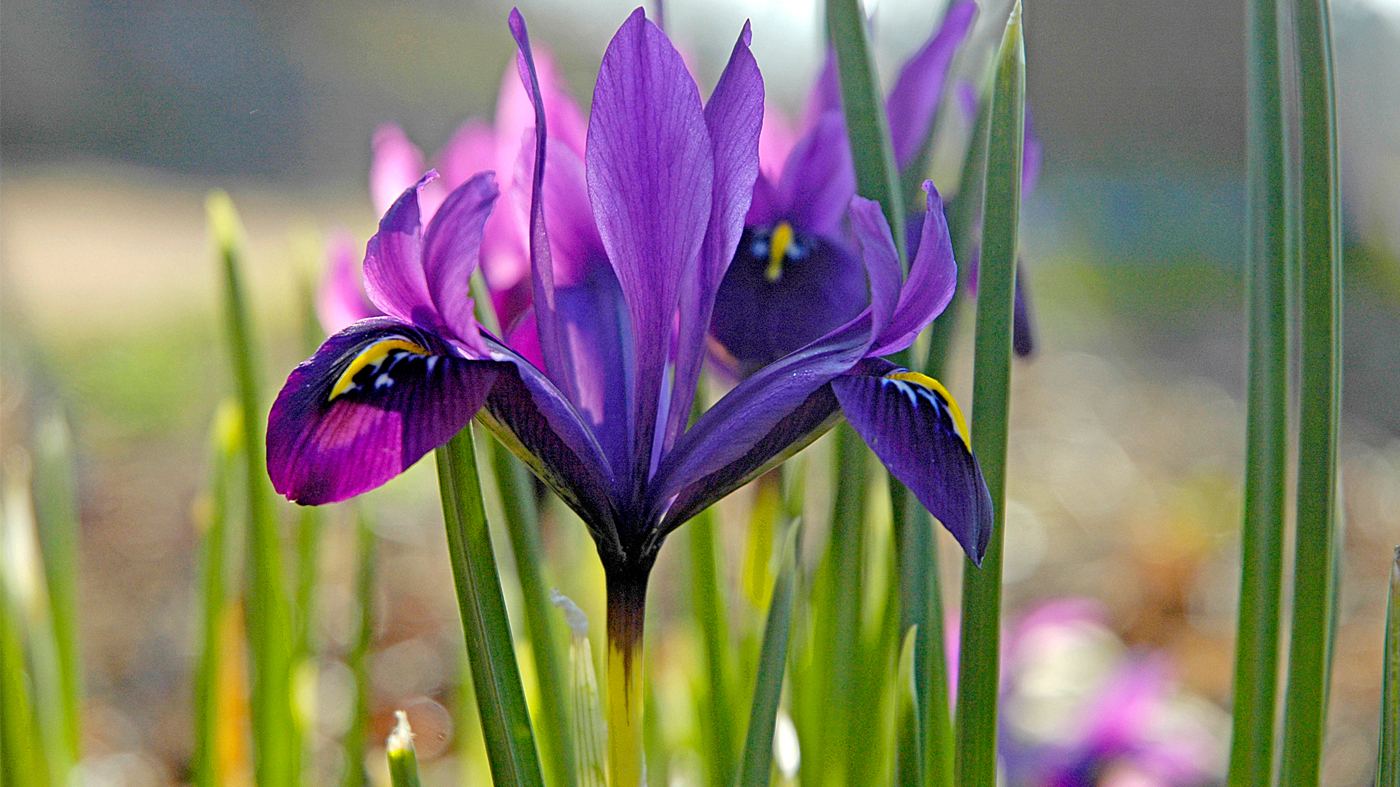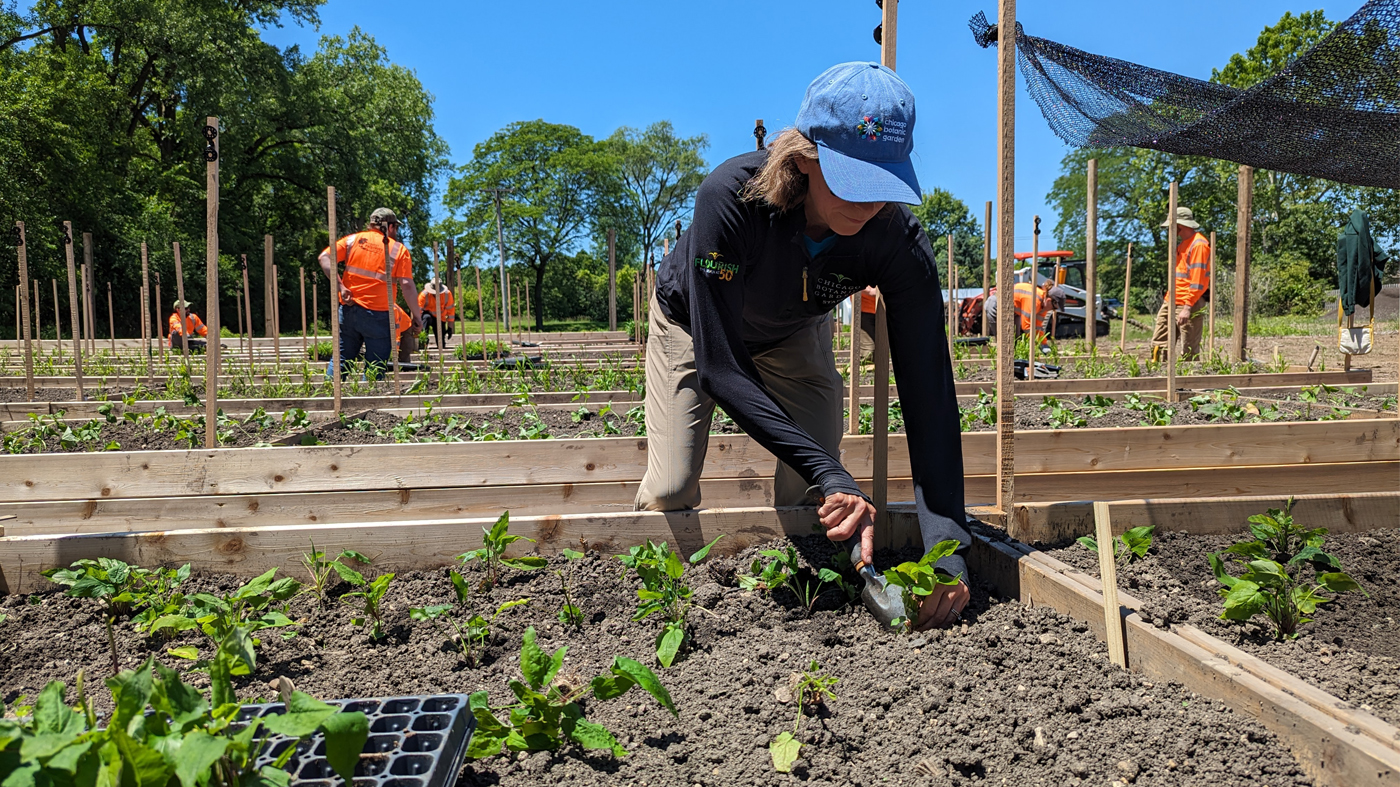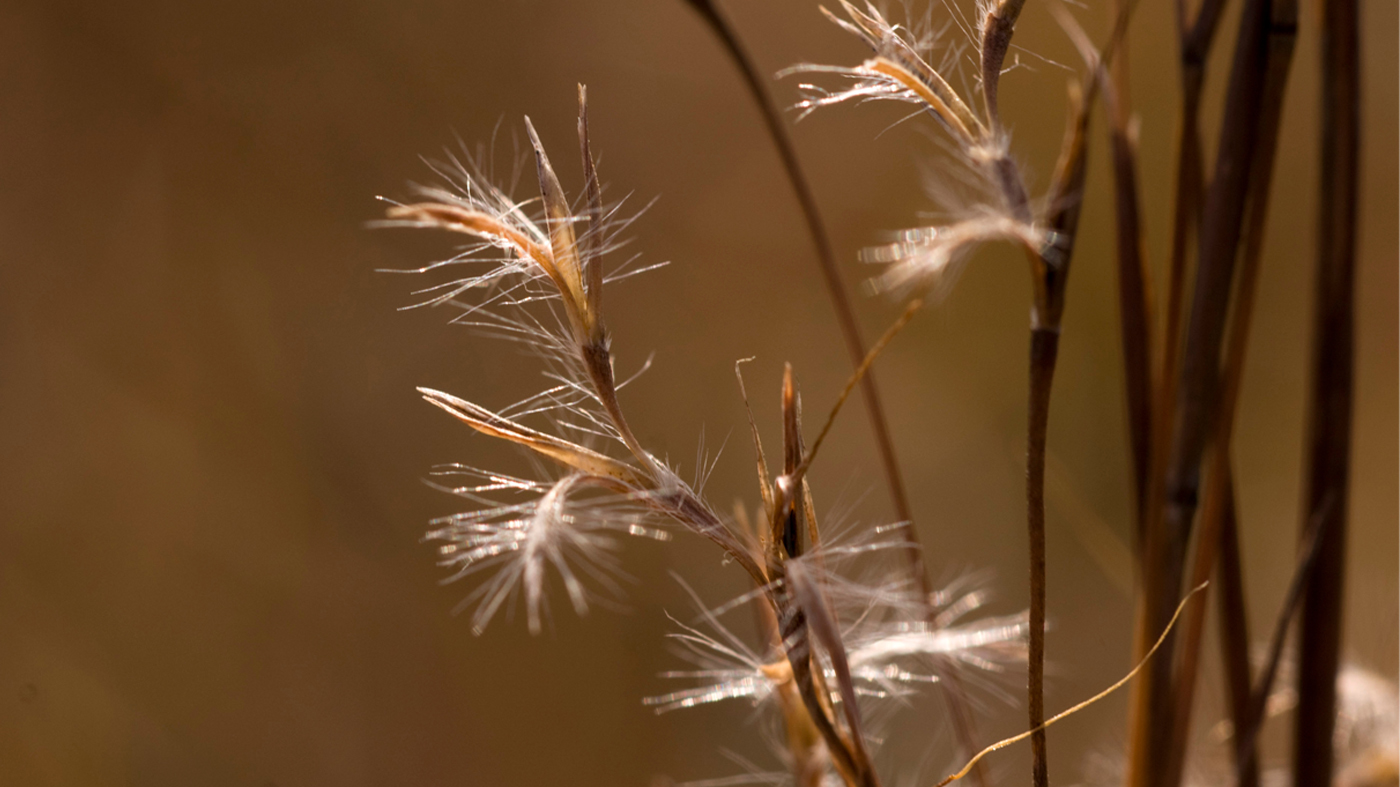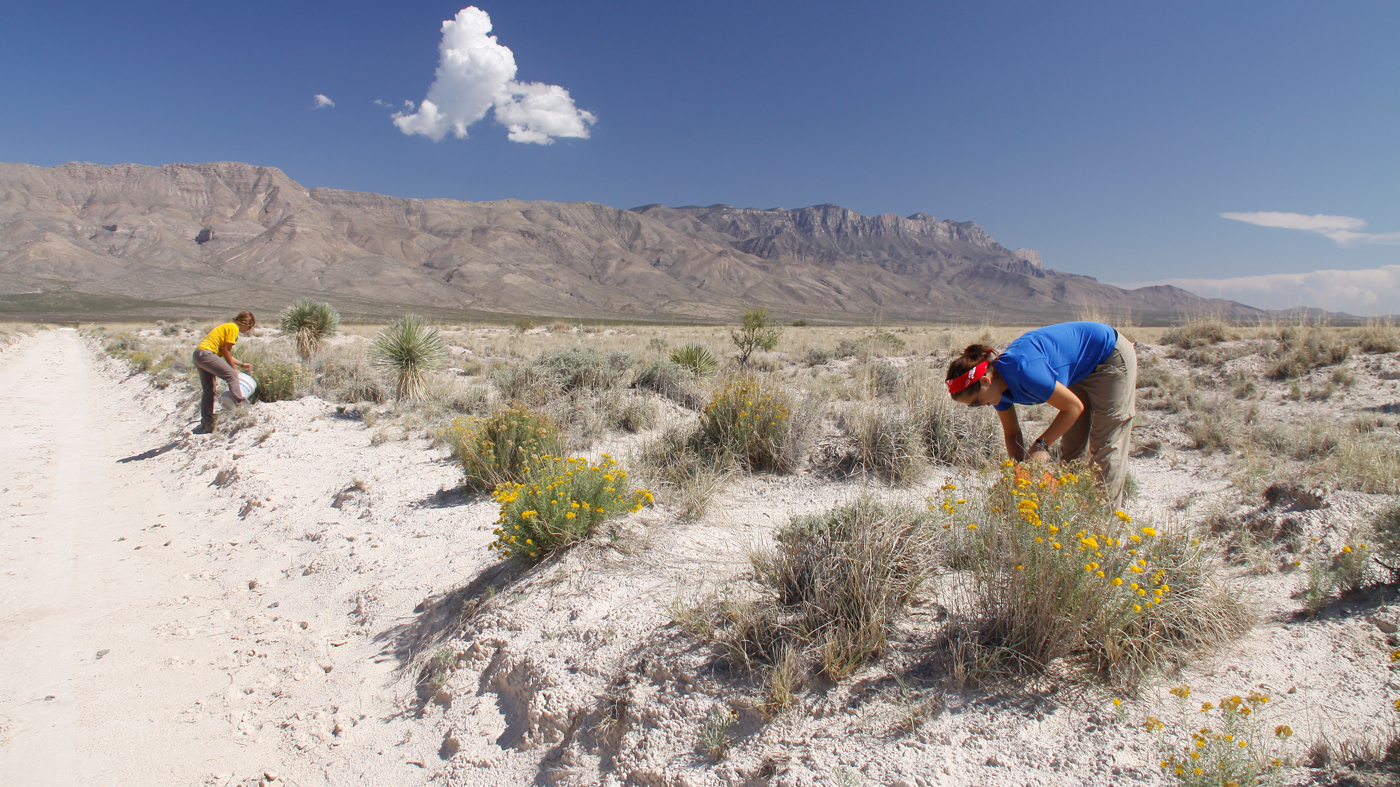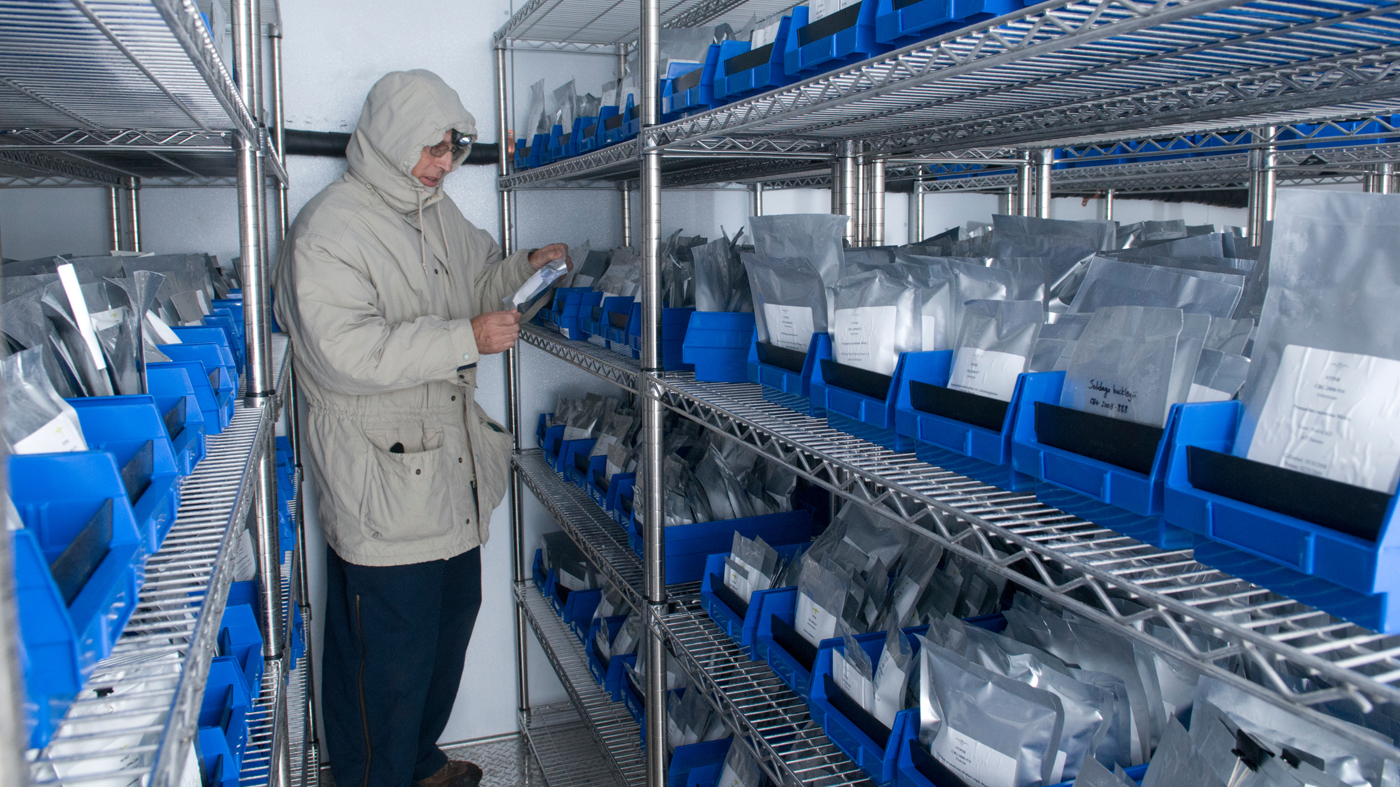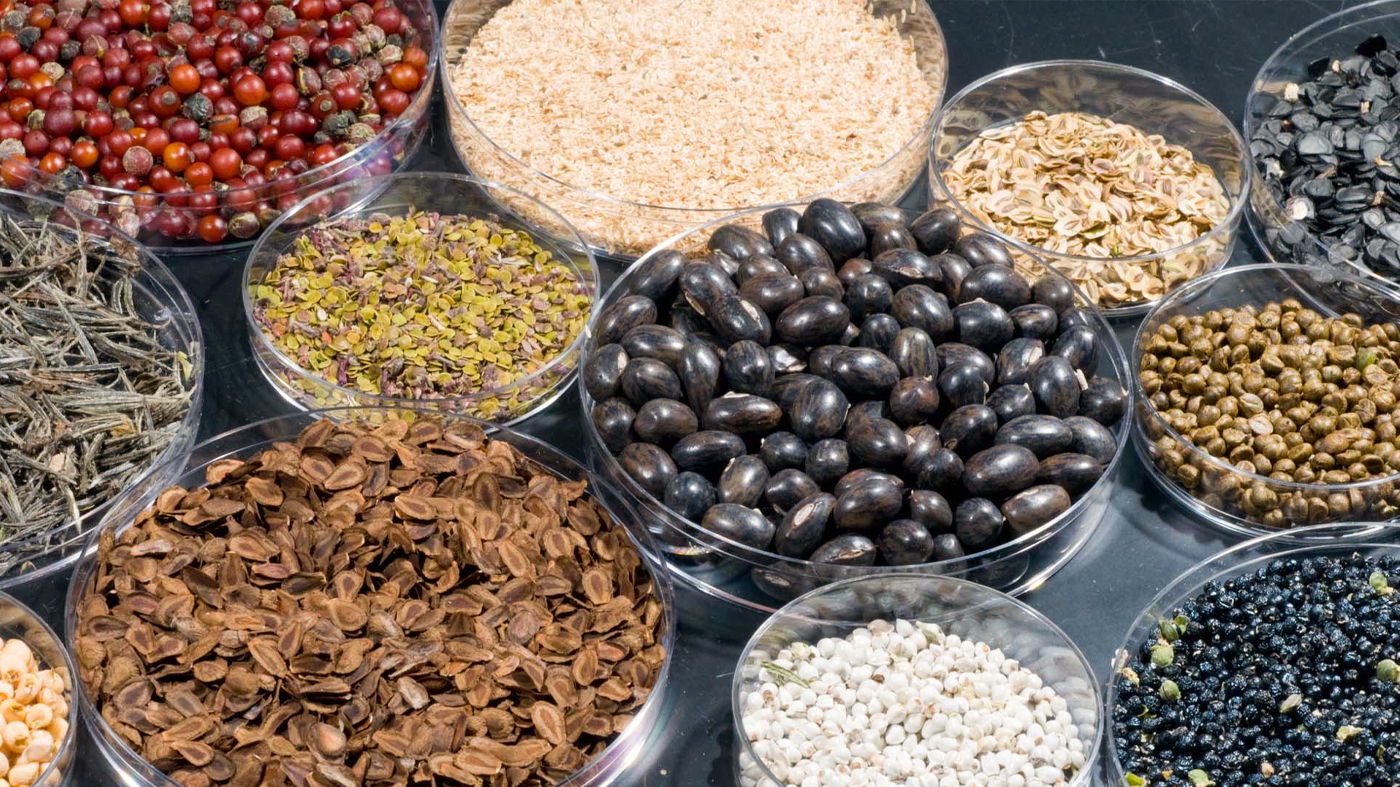
The Chicago Botanic Garden is helping increase the supply of native seed at the local, regional, and national levels—supporting healthy landscapes where pollinators, wildlife, and people thrive.
Inside their small packages, native seeds hold the power to restore our prairies, woodlands, and wetlands. The native plants that grow from these seeds breathe new life into the habitats that provide food for bees, shelter for birds, and clean air and water for us.
As threats from climate change and invasive species increase, nationwide shortages of native seed slow down efforts to restore habitats, build green infrastructure, and grow urban gardens. The solution—producing more native seed adapted to the local conditions where it’s used—will come from local, regional, and national collaborations.
From habitat restorations in our local forest preserves to massive wildfire recovery efforts in the western United States, the Garden is helping get the right native seed to the landscapes that need it.
Contact Andrea Kramer, Ph.D. Senior Director, Restoration Ecology at Click here to show mail address
